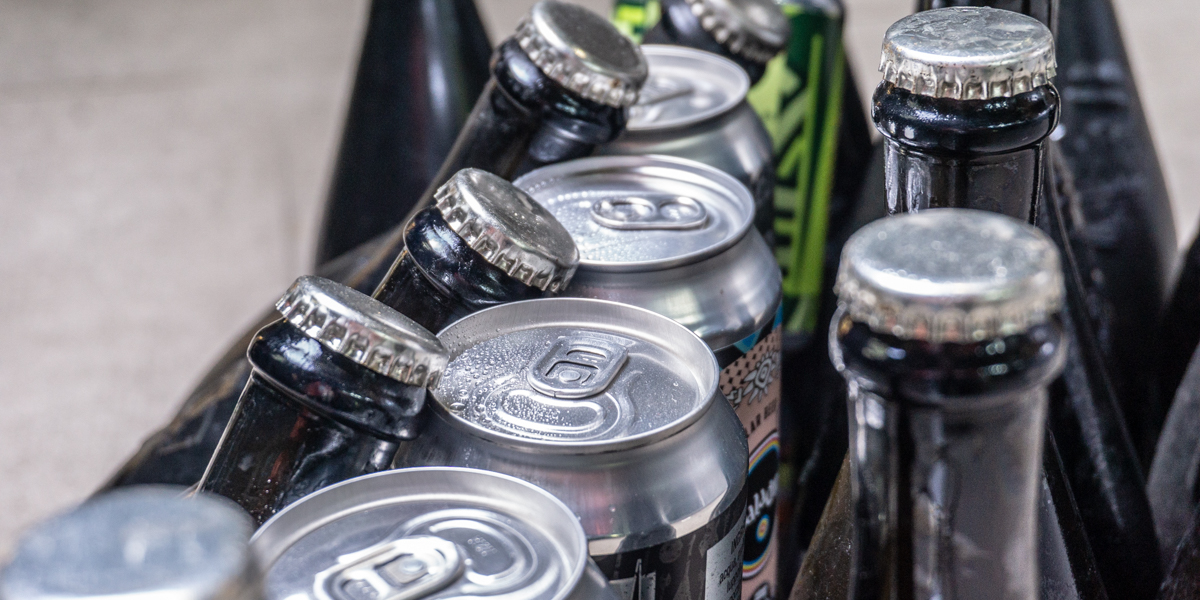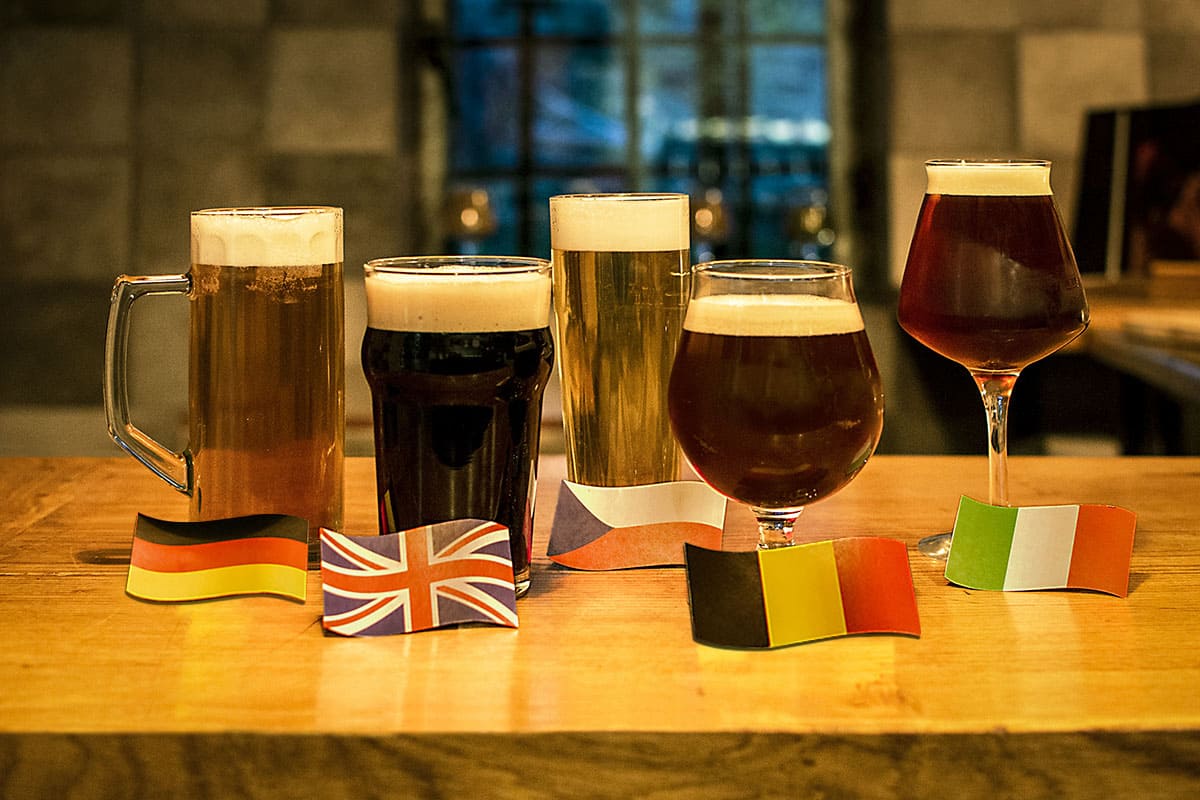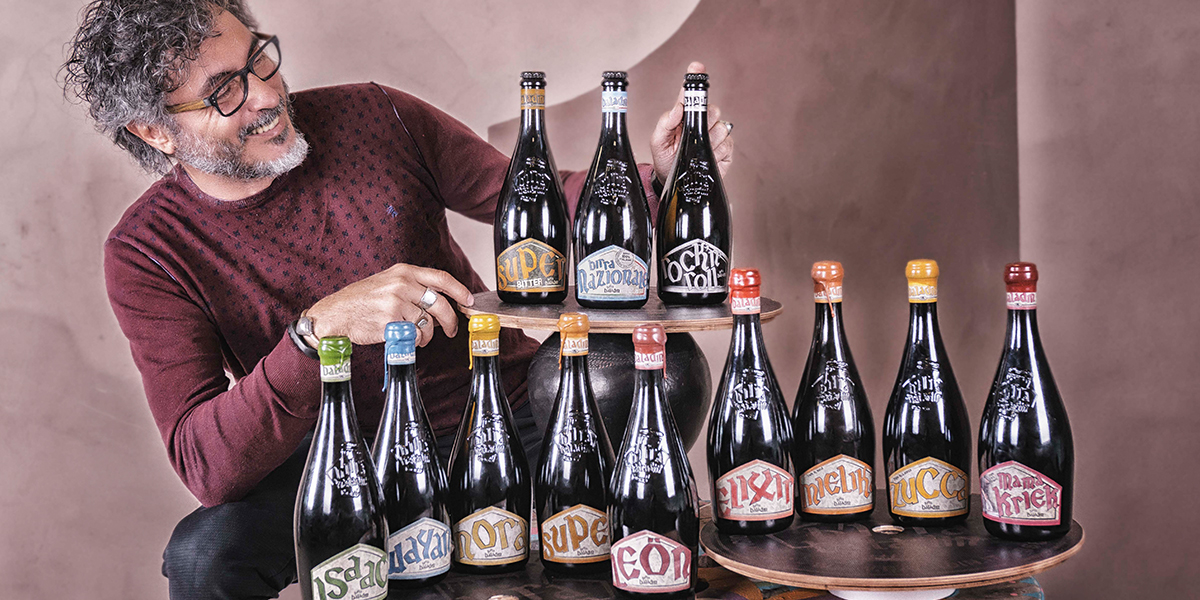Bottle vs. Can: Who Wins the Challenge?

Craft beer cans are more and more often seen in beer shops and in fridge showcases in pubs. Three or four years ago this would have been unthinkable for the Italian market: Initially, it was the 75 cl bottle that gave prestige to craft beers.
Only later - much later - the smaller 33 cl bottles began to gain space, Beer bottles also became available in 50 cl bottles, more rarely in other dimensions. Whatever the size, good beer was only appreciated if sold in a bottle.
Italian consumers have always considered canned beers as a low grade product, both in terms of price and quality. Glass is associated to wine, dining at the restaurant, sophisticated products. Some brewers even decided to create customized bottles for their beers: they could be screen-printed, branded or have some other kind of personal touch.
However, this was not the case everywhere in the world. Abroad - especially in Great Britain - canned beers were perceived positively, and the same was true for North America. Thanks to the international circulation of different consumption habits, the Italian landscape has quickly changed. So much so that some Italian brewers have decided to launch their own canned beers on the Italian market.
Bottle vs. can: who wins the challenge?
Cans offer several benefits compared to bottles:
- They protect beer from light
- They are airtight
- They do not break and therefore do not produce, like glass does, dangerous shards
- They are easy to stack
- They are much lighter than glass
- They are easy to open, without requiring any additional tool
- The side of a can can be completely screen-printed or covered with a label.
Light is a sworn enemy of beer: this is why bottles are normally dark brown, so as to limit (and in some cases avoid) the filtering of light. Cans create a full barrier and therefore ensure perfect protection. Air oxidizes beer, changing not only its color, but also its scents and tastes. Cans, if properly manufactured, are 100% airtight,
Bottles take up much more space in the fridge and on shelves. Cans - even if they have a cylinder shape - are more compact and can be easily stacked on top of each other. Also, it is more difficult to store them upside down or horizontally. This means they are a practical solution that, at the same time, respects live beer, which still contains yeasts. These are not shaken and stressed and can sink to the bottom of the can without spoiling the drinking experience.
Aluminum, just like glass, is recyclable but lighter, which is an important advantage. Considering the space that cans take up, this means that a higher volume of beer can be transported at a lower price than bottles. This is good for the wallet, but most importantly for the environment.
Some beers have been created to be sipped straight from the can. These cans are very easy to open and can be enjoyed anytime, anywhere and in any situation. If possible, however, craft beers are best sipped from their glass.
In many cases, beer cans are beautiful objects. As they have no irregular curves, unlike many bottles, their side surface can be completely covered. Often, the aesthetic result is extremely pleasant.
Cans, however, are a double-edged sword. They are a great container, but if the filling machine is not perfect it might inject some oxygen and thus oxidize the product, which would be devastating for its quality.
To obtain good canned craft beer, therefore, the production process must be carefully controlled at all stages and rely on an automated, fast, state-of-the-art plant.
Some beers, though, are not suited for canning, as they wouldn’t express their full potential. This is the case of British Barley Wines. These “meditation” beers can age for a long period of time (even 15 or 20 years after bottling). The same is true for particularly fizzy beers, such as Gueuze - also called Brussels champagne - as glass can withstand high pressures, contrary to cans.
So, there is no definitive answer: the use of cans should be promoted, but carefully considered, especially when it comes to craft beer. In any case, cans are still very far from replacing bottles on the beer market.





